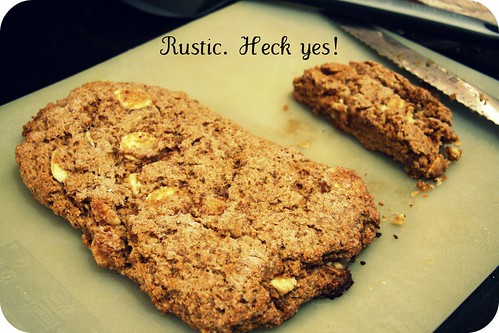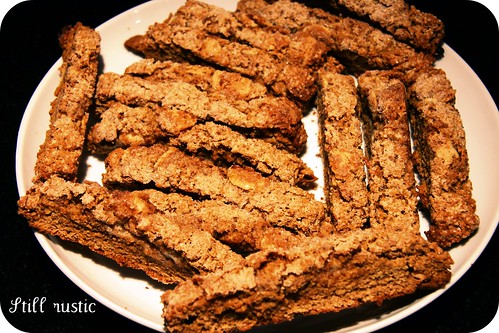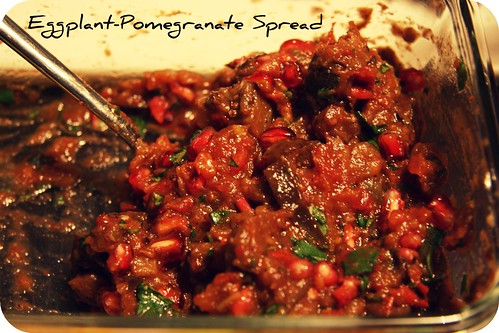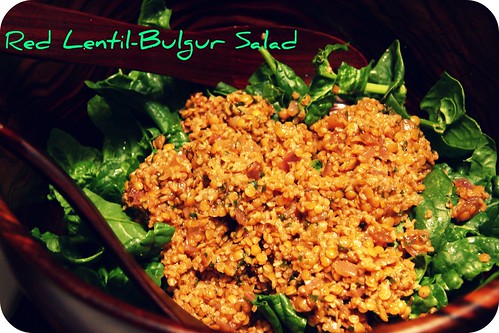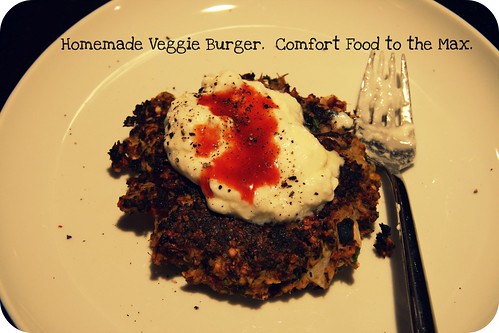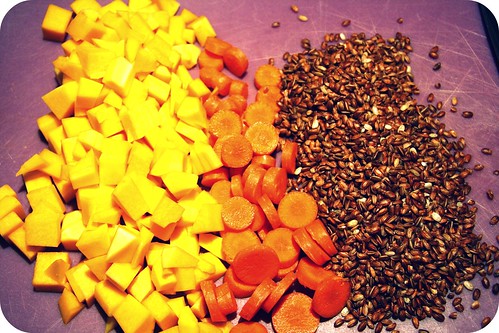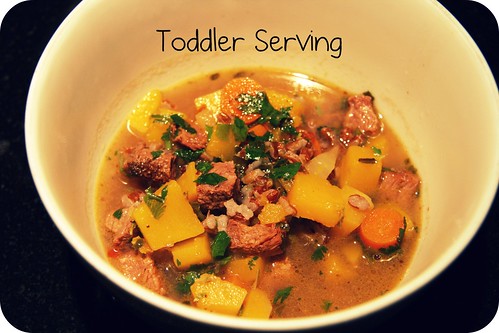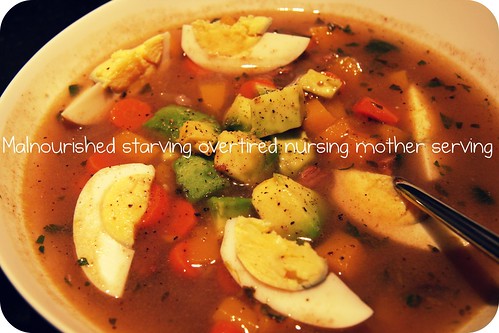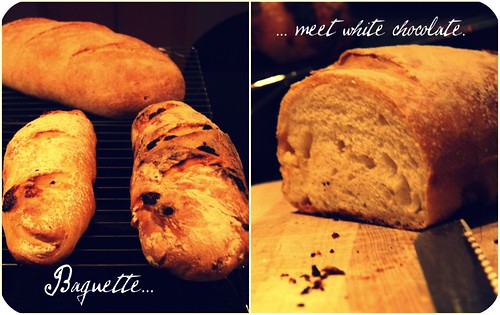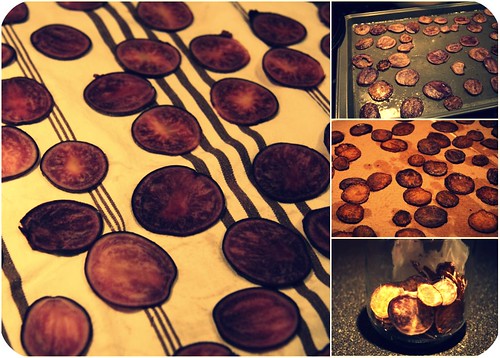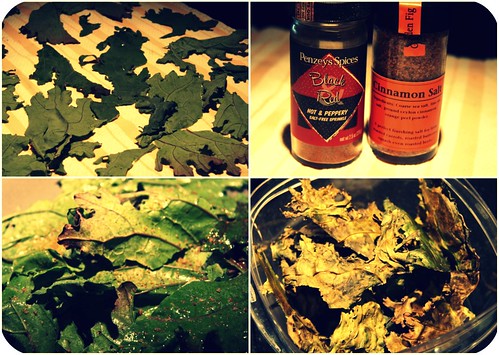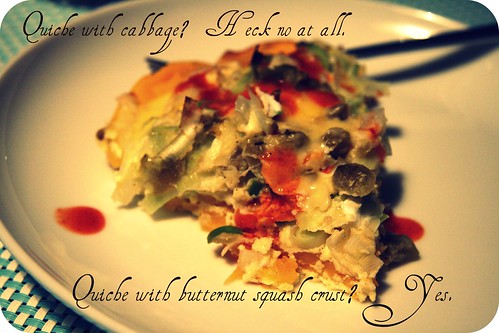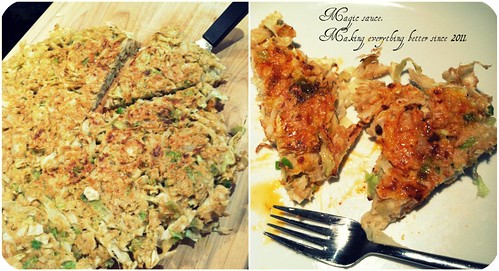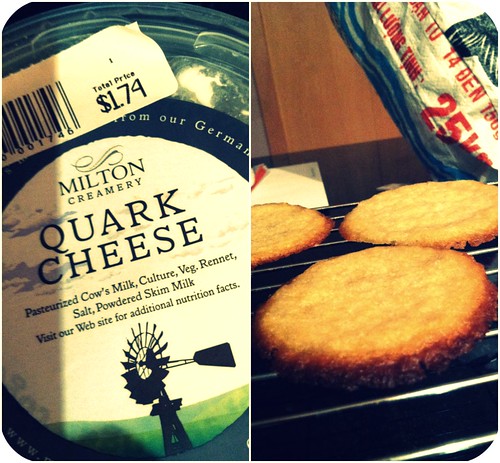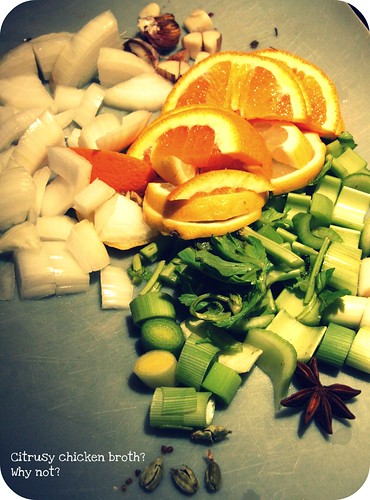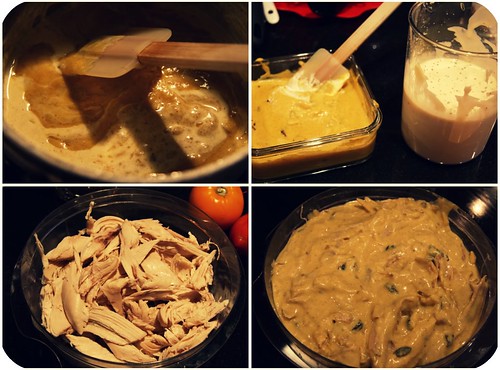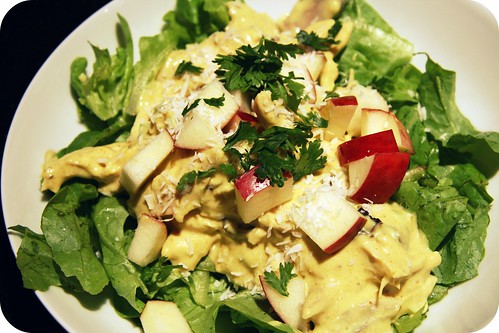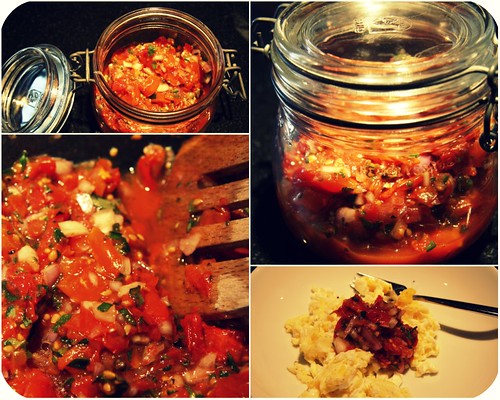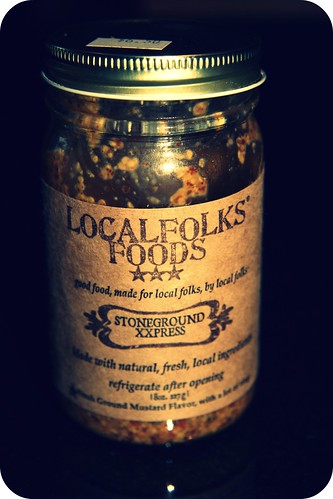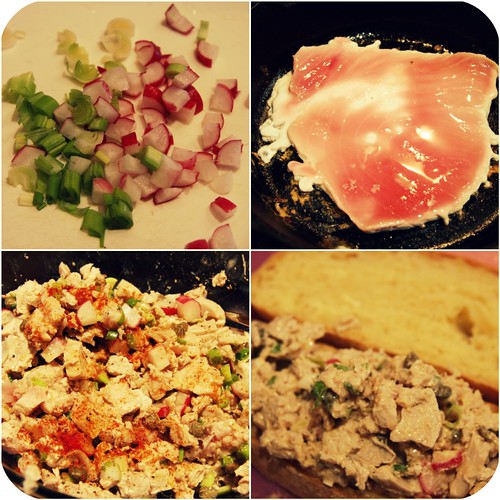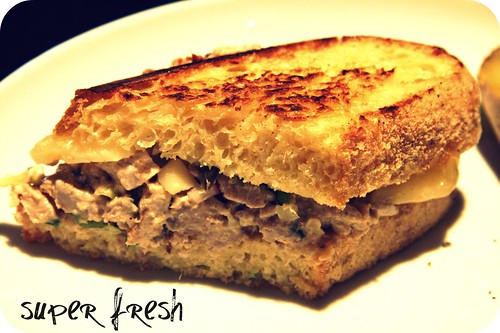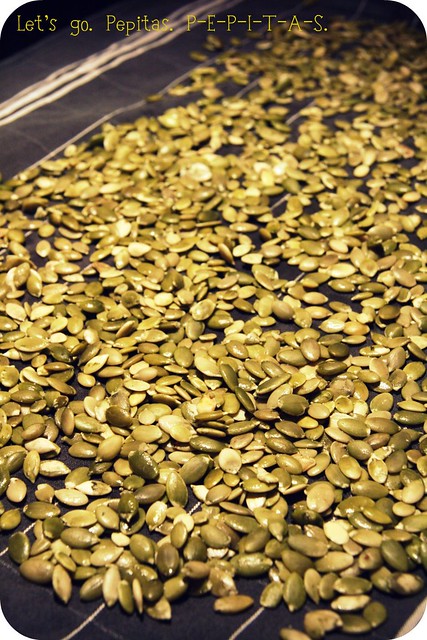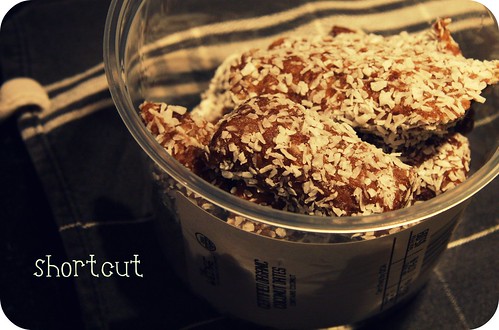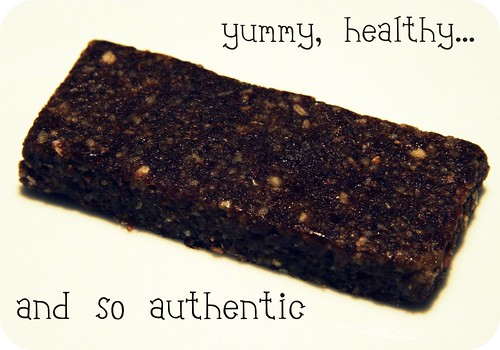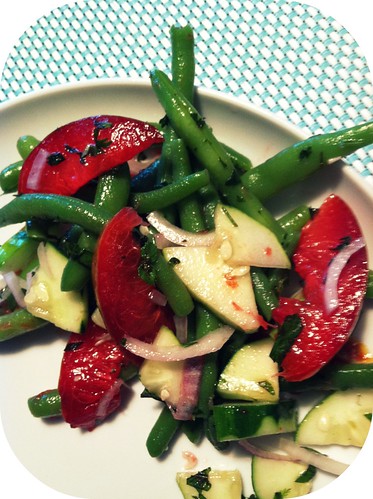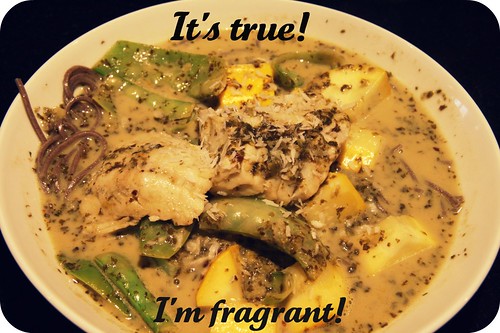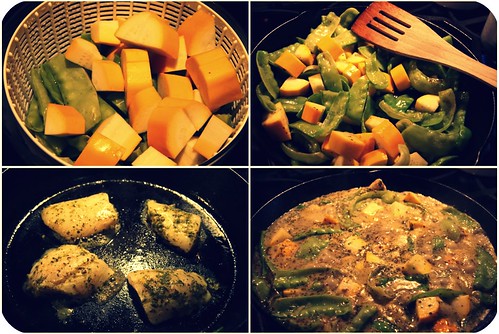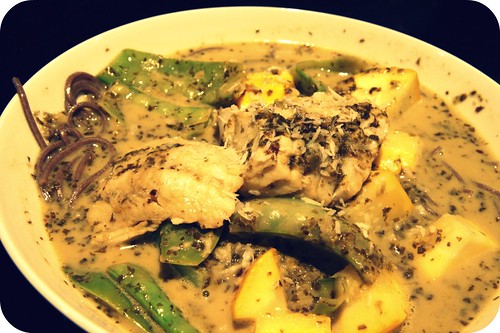When I studied in England, coronation chicken salad was introduced to me as one of the tastiest (albeit occasionally forbidden) sandwich fillings I'd ever tasted. Prior to making its acquaintance, I never really liked chicken salads. Most of them have a mayonnaise base, I dislike mayonnaise intensely, and I don't find chicken a flavorful enough ingredient to mask the mayoness of the mayonnaise saladifying it. (Sometimes I make up words. I'm like Shakespeare that way.) The unequivocal Englishness of something called "coronation chicken", however, was irresistible to me. So I tried it. And I loved it. And thereafter, whenever I happened upon coronation chicken on a menu or in a sandwich case, I would ask if it had nuts (it occasionally did, hence its status as occasionally forbidden) and then promptly devour a hearty portion of it as soon as I was given the go-ahead.
What the heck is coronation chicken salad? Only the best chicken salad ever, invented to be served at Queen Elizabeth's coronation lunch in 1953. According to the
Guardian, coronation chicken was first "created by the founder of Le Cordon Bleu cookery school, Rosemary Hume. ...
Poulet reine Elizabeth, as it was originally known, was a deliberate and tactful compromise between the luxurious and the thrifty for a country still under the dreary yoke of postwar rationing." It's sort of retro now and a lot of recipes for it floated around the internet around the time of the recent royal wedding.
It's basically like curried chicken salad. Only better, because it is unabashedly, royally sweet, incorporating one or several of the following: apricot preserves, mango chutney, raisins or other dried fruit, and sweet curry powder. And it's bright yellow. Like a mango. Quite pretty really.
Most called for an amount of mayonnaise I just couldn't stomach.
Then I turned 32. And I got a whole bunch of cookbooks for my birthday. Including one of the kitschiest, funkiest cookbooks I've ever seen -
Great British Food, an ode to - you'll never guess - Great British Food, written by the owners of London's
Canteen restaurants, devoted to bringing great, accessible, affordable (and localsustainableetcetera) British food to the masses. (I'm not going to waste time here countering the passe notion that British food is awful. It's not awful. It's wonderful. But it was misunderstood for a while. Books like
Great British Food and restaurants like Canteen are making it sexier than ever though. This pleases me greatly.)
I suspect it will not surprise you, then, to learn that the first recipe I tackled from the Great British Food cookbook was for coronation chicken. I knew the second I laid eyes on the recipe that I had to try it. There were obstacles though, and that's why it took me nine months. First of all, like some of the recipes I'd seen before, the list of ingredients was endless (twenty-six in all). Second, it called for poaching a whole chicken. A bit much for a curried chicken salad, right?

Finally, it called for 300 mL of mayonnaise. That is well over a cup of mayonnaise. The recipe is supposed to serve only 4-6 people as a main course and also calls for butter, heavy whipping cream, and thick Greek yogurt. While I like me some rich food, my memories of coronation chicken sandwiches didn't involve such heft. I had to lighten it up a bit but was nervous to mess with a recipe from such accomplished, brilliant chefs - chefs who are devoted to making Great British food as Great and British as possible. On the other hand, I thought, condiments are a big deal in Britain, and British kitchens have a thing for odd saucy novelties (salad cream, brown sauce, and bread sauce, to name a few), and I hate condiments generally, so maybe a less-saucy version of coronation chicken would better serve my palate.
I was right. But I learned the hard way.
So. Because, ultimately, it was really damn good, I am going to share with you the recipe as I made it, barely altering the original (really I only reduced the amount of mayo, increased the amount of lemon juice, added a few non-nut garnishes, and converted the British measurements to American ones). But because hindsight is 20-20 and because this dish ended up even richer on the tongue and heavier on the stomach than I'd feared, I have a few suggestions at the bottom of the post that you might consider before serving it for lunch. That said, I really do hope you serve it for lunch. It's spectacular.
Coronation Chicken
Barely adapted from
Great British Food (found online
here)
Yield: 6-8 as a (sort of) light dish or 4-6 as a (generous) main course
For the poached chicken
1 whole free-range chicken (~4 lbs)*
1 inch piece fresh root ginger, sliced (or 1 heaping tablespoon jarred ginger)
1/2 lemon, sliced
1/2 orange, sliced
1 leek, roughly chopped
2 celery sticks, roughly chopped
1 onion, roughly chopped
1 whole bulb garlic, halved horizontally (no need to peel it)
1 star anise
10 whole black peppercorns
Salt and ground black pepper
For the sauce
1/2 small onion, diced
2 garlic cloves, finely chopped
1 tablespoon finely chopped (or jarred) ginger
2 tablespoons butter
1-2 tablespoons sweet curry powder
6 tablespoons flour
1/3 cup heavy whipping cream
1/4 cup currants, raisins, or chopped dried apricots or cherries
3/4 cup mayonnaise
1/4 cup mango chutney
1/4 cup fresh lemon juice (from 1-2 lemons)
3/4 cup thick Greek yogurt (nonfat is fine)
For serving
Lettuce or bread
Toasted almonds or coconut
Cilantro
Diced apple
1. Season the inside of the chicken with salt and pepper (stuff it with the lemon rinds from your lemon juice if you've already prepped your sauce ingredients). Place it in a huge saucepan. Add the rest of the poaching ingredients and pour in about a quart of water to cover. Put the lid on the pan. Bring to a boil, then reduce to a very gentle simmer. Cook for an hour. Remove from the heat and leave the chicken in the broth until cool enough to handle.
2. Remove the chicken and set aside. Strain the poaching liquid into a clean pan. Bring to a rolling boil and reduce to 2.5 cups. Reserve this reduced stock.**
3. Pull the skin from the chicken and discard. Remove the meat, discarding bones and gristle, and tear into thick strips. Set aside in the fridge while you prepare the sauce.
4. Sweat the onion, garlic, and ginger in the butter on medium heat for 5 minutes, until soft. Add the curry powder and cook for 1-2 minutes, stirring, then mix in the flour to make a roux. Add the reduced stock** and bring to a simmer, stirring constantly. Stir in the cream. Pass through a fine sieve, then add the dried fruit and allow to cool.***
5. Using a handheld immersion blender or a regular blender, mix the mayonnaise, mango chutney, lemon juice, and Greek yogurt until well blended. Combine this with the curry sauce base until well mixed.*** Add the cooked chicken, toss to coat, cover, and chill.****
6. Serve the chicken salad on a bed of lettuce with some of the garnishes listed above, or as a sandwich filling on a mild-flavored, sturdy white or wheat bread.
-----------------------------------------
Okay. Here's the deal:
* I think the chicken could be increased by fifty percent. Next time, I will poach two chickens and use as much of it as needed to make a somewhat lightly-dressed chicken salad. (Note to self: get a pan that will accommodate two whole chickens.) (Super short cut: use 3 lbs of boneless, skinless chicken breasts or thighs, poached for 20 minutes instead of an hour.)
**I do not think the reduced poaching liquid is integral to the success of this recipe, particularly because the sauce is so thick. I wouldn't bother reducing the poaching liquid again. I'd simply reserve 2.5 cups of the broth once the chicken has cooled and proceed with the recipe as written.
*** I don't think the onion, garlic, and ginger used in the curry base should be discarded. Next time, I'm going to hold off on adding the dried fruit to the warm curry base; I'll blend the curry base with all the other sauce ingredients and then stir in the dried fruit, right before dressing the chicken.
**** I added some chopped scallions and diced celery with the chicken. I'm American and I like a crunch in my chicken salad.



